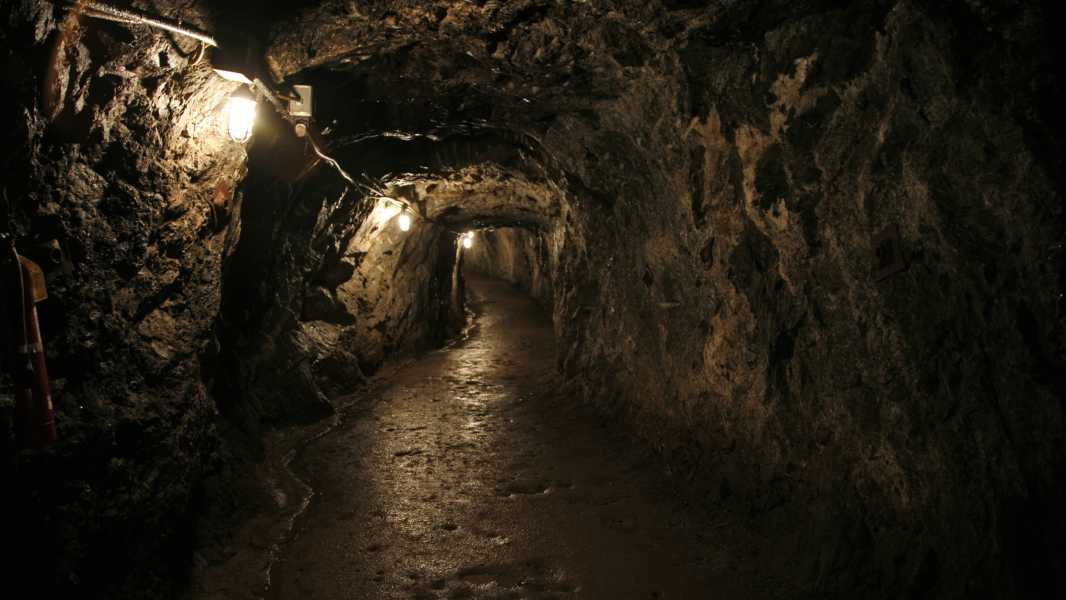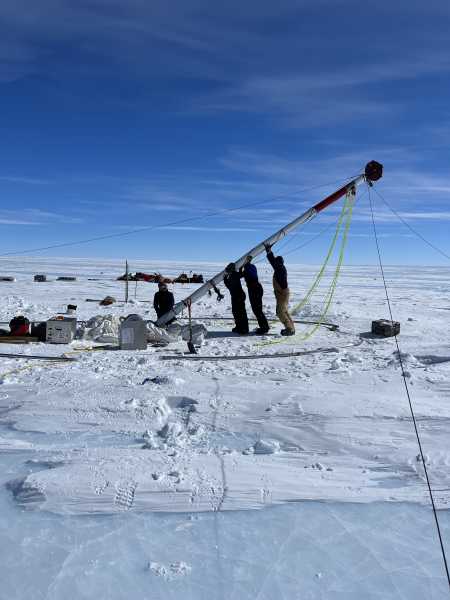
Researchers had not previously suspected that hydrogen could accumulate beneath the Earth's surface, but recent discoveries suggest otherwise. (Image credit: Terryfic3D via Getty Images)
There is a huge amount of hydrogen hidden beneath the Earth's crust, and scientists say even a tiny amount could free us from dependence on fossil fuels within 200 years.
Recent research suggests there are about 6.2 trillion tons (5.6 trillion metric tons) of hydrogen in the rocks and underground reservoirs of our planet. That’s about 26 times the volume of known oil that remains in the Earth’s interior (1.6 trillion barrels, each weighing about 0.15 tons) — but the location of these hydrogen reserves remains a mystery.
Most of the hydrogen is likely too deep or far from shore to be easily extracted, and some reserves may be too small to be economically extracted, the researchers suggest. Still, the results suggest there is plenty of hydrogen, even with these limitations, Jeffrey Ellis, a petroleum geochemist with the U.S. Geological Survey (USGS) and lead author of the new study, told Live Science.
Hydrogen is a clean energy source that can be used to fuel vehicles, power industrial processes, and generate electricity. Just 2% of the hydrogen reserves found, equivalent to 124 billion tons (112 billion metric tons) of the gas, “would provide all the hydrogen needed to achieve net-zero [carbon] emissions for several hundred years,” Ellis said.
The energy released from that amount of hydrogen is roughly twice the energy contained in all known natural gas reserves on Earth, Ellis and co-author Sarah Gelman, also a USGS geologist, said in a paper published Friday (Dec. 13) in the journal Science Advances.
To estimate the volume of hydrogen underground, the researchers developed a model that takes into account the rate at which the gas is formed below the surface, the volume that can be captured in reservoirs, and the amount lost through various processes such as leakage to the atmosphere.
Hydrogen is produced by chemical reactions in rocks, one of the simplest of which is the reaction that splits water into hydrogen and oxygen, Ellis explained. “There are actually many natural processes that can produce hydrogen, but most of them generate minimal amounts,” he added.
Until recently, scientists hadn’t realized that hydrogen actually accumulated underground. “The paradigm of my career was that hydrogen was out there, it was there, but it was a very small molecule, so it was easily escaping through tiny pores and cracks and rocks,” Ellis explained.
However, when scientists discovered huge reserves of hydrogen in West Africa, and then another in a chromium mine in Albania, that paradigm changed. It is now clear that hydrogen can indeed accumulate in underground reservoirs, and new research suggests that some of these accumulations could be significant.
Sourse: www.livescience.com





